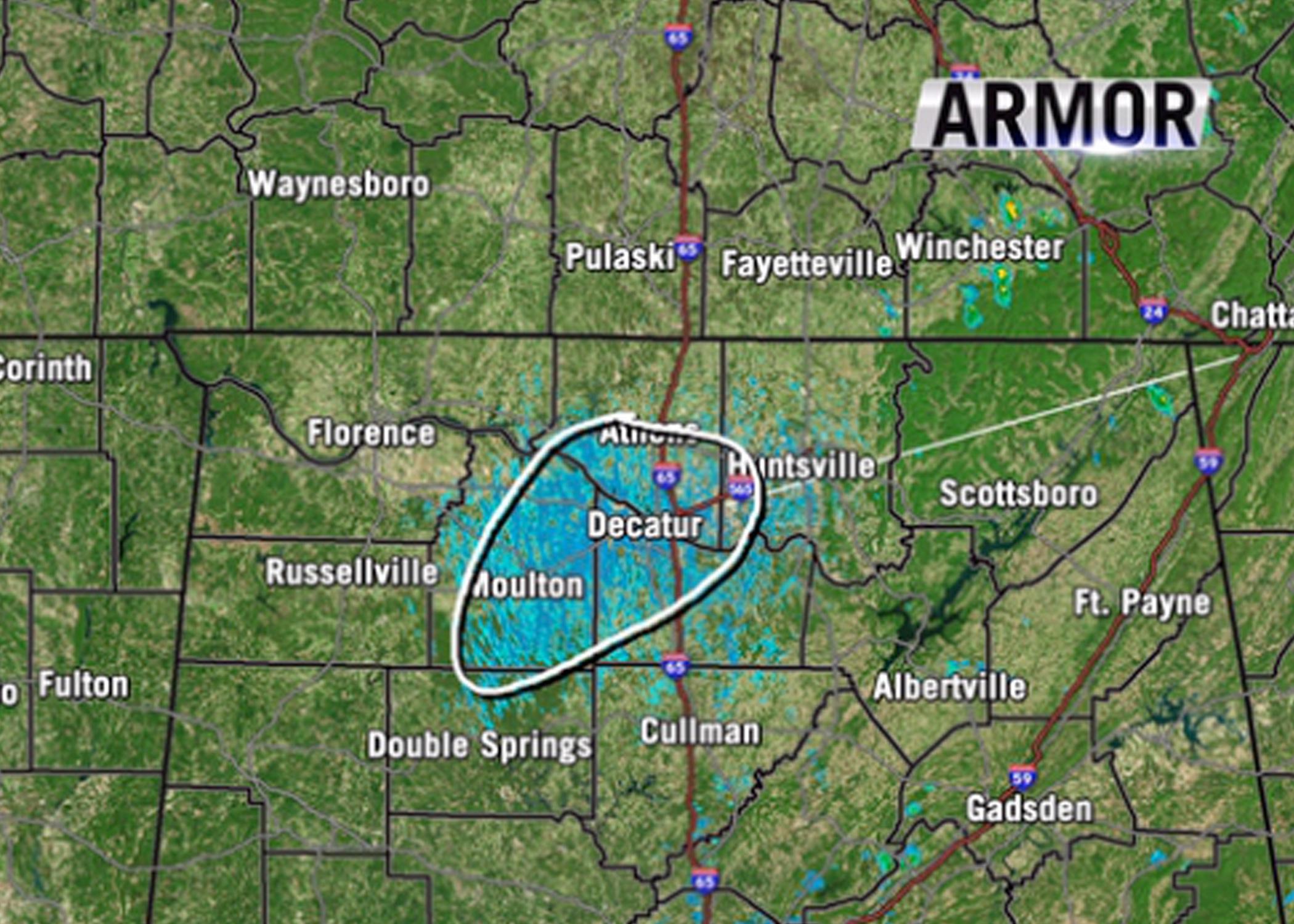


Thus, health monitoring systems should not just detect critical events such as the falls themselves, but should also assess the presence of any risk factors for falling or other illness through analysis of elderly gait. Most significantly, while over one third of elderly over age 65 fall each year, only half of these individuals even tell their doctors of such events. A key way to prevent falls, however, is to identify and mitigate risk factors such as lower body weakness, difficulties with walking and balance, vision problems, foot pain or poor footwear, home hazards, and even broken or uneven steps, among other factors such as vitamin D deficiency or side-effects of medicines. Even in nursing homes, which offer supervised care, each year ∼1800 elderly Americans fall. Center for Disease Control and Prevention, every 20 min an older person in the US dies from fall-related injuries. Results show that nearly 80% correct classification can be achieved with 10 s observations from the 24 GHz CW radar, whereas 86% performance can be achieved with 5 s observations of sonar.Īccording to the U.S. Performance improvements using feature selection is addressed as well as the impact on performance of sensor placement and potential occlusion due to household objects. Within this context, the performance of four different radar and sonar systems – a 40 kHz sonar, a 5.8 GHz wireless pulsed Doppler radar mote, a 10 GHz X-band continuous wave (CW) radar, and a 24 GHz CW radar – is evaluated using a broad range of features. This presents a challenging classification problem as the differences in micro-Doppler for these activities can be quite slight. In particular, five different classes of mobility are considered: normal unaided walking, walking with a limp, walking using a cane or tripod, walking with a walker, and using a wheelchair. The potential for using micro-Doppler signatures as a basis for distinguishing between aided and unaided gaits is considered in this study for the purpose of characterising normal elderly gait and assessment of patient recovery. IET Generation, Transmission & Distribution.IET Electrical Systems in Transportation.

IET Cyber-Physical Systems: Theory & Applications.IET Collaborative Intelligent Manufacturing.CAAI Transactions on Intelligence Technology.


 0 kommentar(er)
0 kommentar(er)
